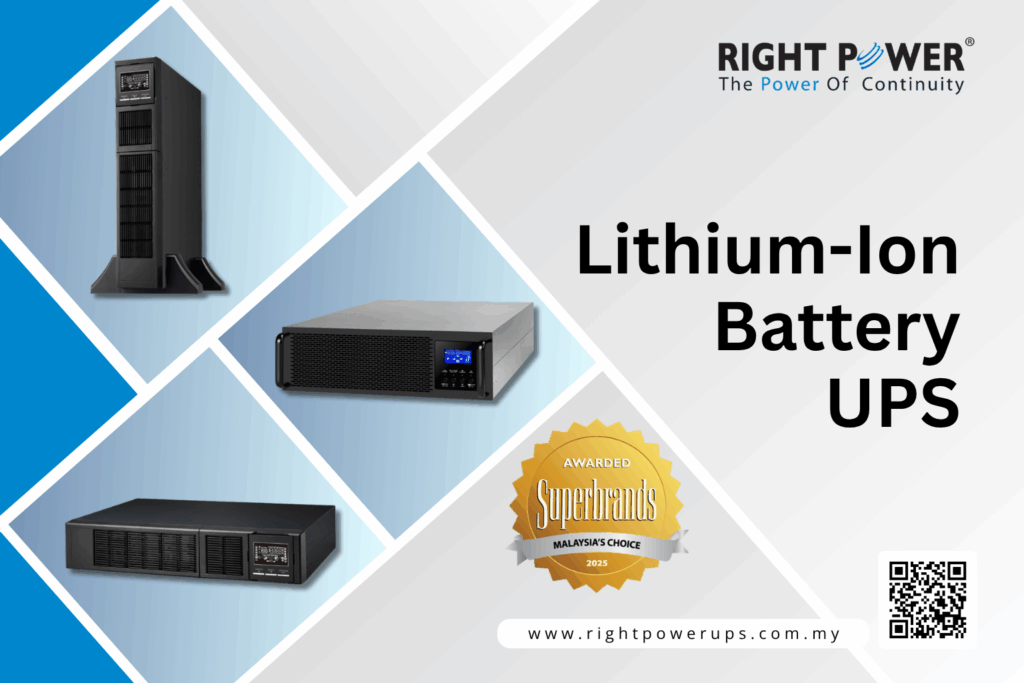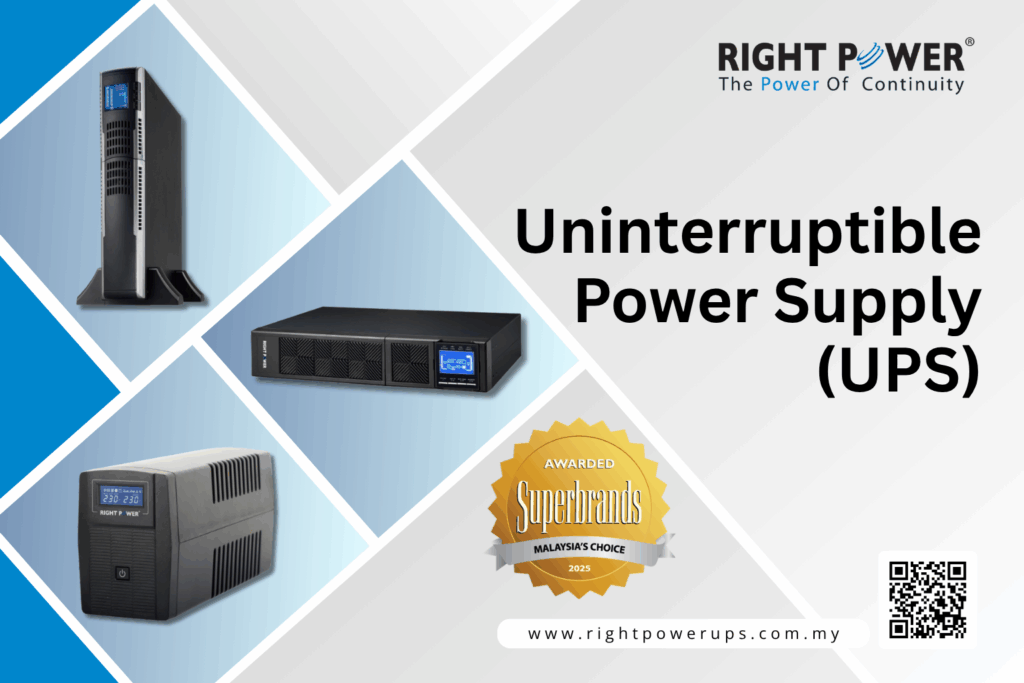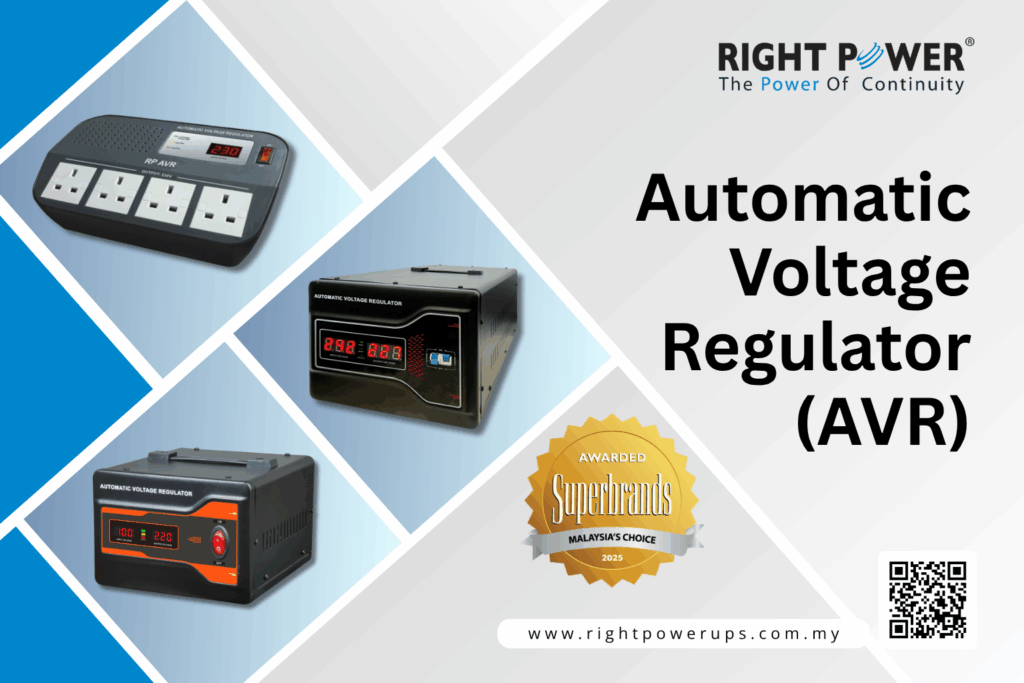These days, keeping businesses running smoothly depends heavily on a stable power supply. Whether it’s a hospital, data center, factory, or office, any sudden power failure can lead to major problems like data loss, downtime, and safety risks.
Right Power Technology is a leading provider of UPS containment system solutions in Malaysia. They help businesses protect their operations by offering high-quality systems designed for safety, performance, and ease of use.
What Is a UPS Containment System?
A UPS containment system is a protective setup that houses uninterruptible power supply (UPS) units. It includes not just the UPS device but also:
- Power distribution units (PDUs)
- Batteries
- Cabling
- Racks or enclosures
- Cooling components
- Fire suppression and safety systems
All these components are placed within a secure and organised layout that makes it easier to manage power supply and backup systems.
Why UPS Containment Matters
Without proper containment, UPS units can become overloaded, overheat, or fail when you need them most. Many older setups place UPS equipment in random spots, without good airflow or cable management. This not only creates safety risks but also makes it hard to maintain or upgrade your system.
A UPS containment system fixes these problems by:
- Keeping all components in one controlled space
- Allowing easier access for maintenance
- Making power distribution more reliable
- Supporting clean and stable energy output
How Does It Work?
Here’s how a standard UPS containment system works:
1. Normal Operation
- When the main power is stable, electricity flows through the UPS unit and powers all connected devices.
- At the same time, the UPS battery stays charged.
2. Power Failure
- If the main power goes out, the UPS instantly switches to battery power with no interruption.
- Your systems stay on while you shut down safely or switch to another power source like a generator.
3. Containment and Protection
- The system’s layout ensures proper airflow, temperature control, and cable organisation.
- Fire suppression tools, safety switches, and access controls keep your team and equipment safe.
How It Improves Power Safety
A strong UPS containment system is built with safety in mind. Here are the main ways it protects your business:
1. Overheating Prevention
UPS units generate heat. If they overheat, they may shut down or catch fire. A containment system includes cooling units and airflow management to keep everything at the right temperature.
2. Fire Risk Reduction
Some systems include fire suppression components like smoke detectors or gas-based extinguishers. These help control any fire before it spreads.
3. Battery Safety
UPS batteries can leak or swell if not handled properly. The containment system includes battery trays, warning systems, and temperature monitoring to reduce this risk.
4. Cable Management
Messy cables can cause short circuits, tripping hazards, or even fires. Containment helps organise cables in a safe and secure way.
5. Physical Protection
Racks and enclosures shield UPS units from dust, water, and accidental damage. This is especially helpful in factories or construction sites.
How It Improves Efficiency
Aside from safety, a UPS containment system also makes your power setup more efficient.
1. Better Cooling Efficiency
Proper airflow reduces the need for extra cooling. This saves money on air conditioning and extends equipment life.
2. Optimized Space Use
Containment systems are built to fit your space. You can stack, rack, or line up your equipment without wasting room.
3. Reduced Energy Waste
Good containment cuts down on power loss due to heat or poor cable connections. Your equipment runs more smoothly with fewer interruptions.
4. Faster Maintenance
When everything is well-organised, your tech team can quickly check, fix, or upgrade parts. This saves time and reduces downtime.
5. Improved System Monitoring
Modern containment systems often include software that monitors temperature, battery life, and energy use. This helps you make smarter decisions and avoid problems early.
Key Components in a UPS Containment System
Here are the main parts of a standard containment system:
UPS Units
The core of the system supplies backup power during outages.
UPS Batteries
Stores power and provides clean electricity when needed.
Battery Cabinets
Protects batteries from damage and contains leaks or gas release.
Cooling Systems
Fans, air ducts, or AC units that regulate temperature.
Racks and Enclosures
Hold all equipment in one secure and tidy space.
Power Distribution Units (PDUs)
Evenly spread power to all connected devices.
Where You’ll Find UPS Containment Systems
Many industries use these systems to keep their operations running. Some common places include:
Data Centers
Constant uptime is critical. These systems help maintain clean, stable power 24/7.
Hospitals
Life-saving machines need steady power. A containment system ensures reliable backup.
Telecom Facilities
Signal transmission depends on steady electricity, especially during storms or blackouts.
Factories
Heavy machines can’t afford sudden stops. Containment systems protect equipment and employees.
Corporate Offices
Even office buildings use these systems to protect data and avoid downtime.
Why Choose Right Power Technology
If you’re looking to install or upgrade your UPS containment system, it’s important to work with a company that knows what they’re doing. That’s where Right Power Technology comes in.
Custom Designs
They offer tailored solutions based on your space, budget, and power needs.
High-Quality Equipment
All parts from UPS units to batteries are sourced from reliable brands.
Skilled Support
Their team handles everything from design and setup to regular maintenance.
Fast Service
They know power issues can’t wait. Their team responds quickly and works efficiently.
Affordable Plans
You get great service and hardware without overspending.
Common Questions About UPS Containment Systems
How often should the UPS system be checked?
Most systems should be inspected at least twice a year, especially the UPS battery and cooling parts.
Can I add more batteries later?
Yes. A good containment system is built with flexibility. You can add more batteries or PDUs as your needs grow.
What happens if the containment system fails?
If properly installed and monitored, failure is rare. But backup alerts and fire protection are always included to manage risk.
Is it worth the cost?
Yes. The money saved from avoided downtime, better cooling, and safer conditions far outweighs the initial setup cost.
Conclusion
A UPS containment system is not just a fancy enclosure it’s a smart investment in the safety and efficiency of your power setup. From better cooling to safer cable layouts, these systems help you avoid costly power problems.
Right Power Technology is a leading expert in UPS containment system solutions. Our custom designs, expert support, and reliable service help businesses stay powered and protected.
Find more about:


